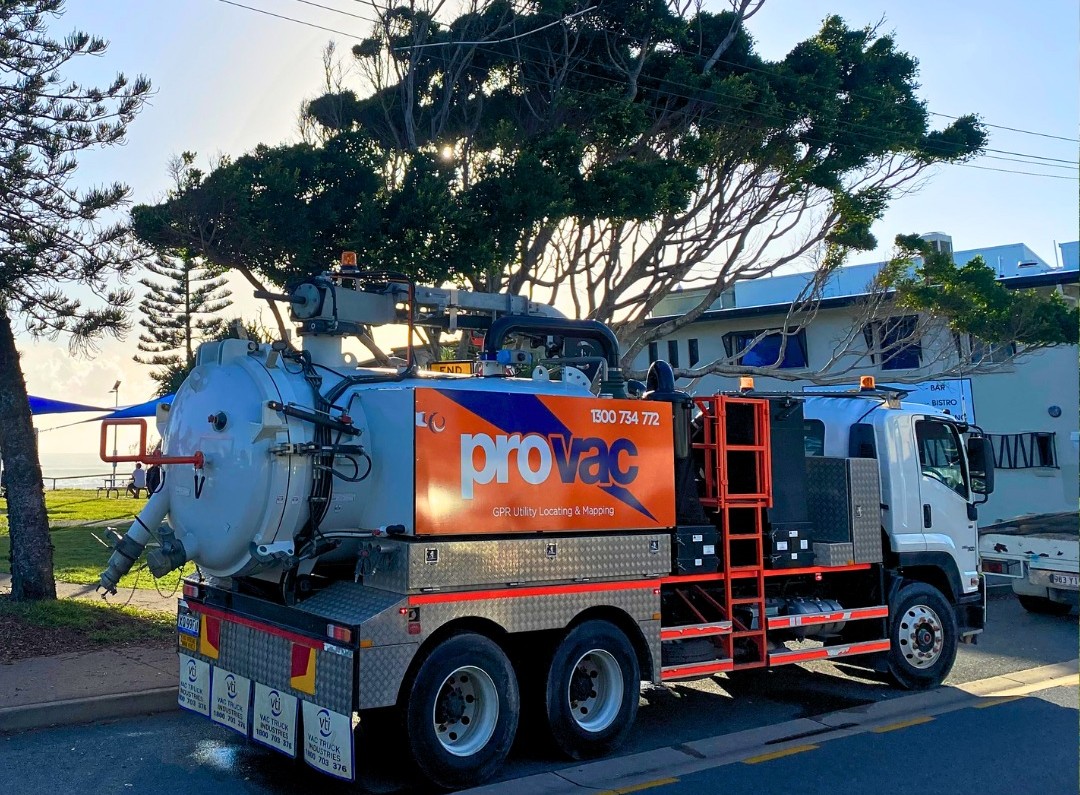Common Mistakes in Excavation and How to Avoid Them

Excavation is a crucial step in construction and infrastructure projects, but it comes with risks if not conducted properly. Errors in excavation can lead to utility damage, project delays, safety hazards, and significant financial losses. By understanding common mistakes and implementing best practices, businesses can ensure safe and efficient excavation. Below are some of the most frequent excavation mistakes and how to avoid them.
1. Failing to Conduct a Proper Site Survey
One of the most critical mistakes in excavation is neglecting a thorough site survey before digging. Without accurate knowledge of underground utilities, contractors risk damaging essential infrastructure, such as gas pipes, water mains, and electrical cables.
How to Avoid It: Always conduct a comprehensive underground service locating process using technologies such as Ground Penetrating Radar (GPR) and electromagnetic frequency detection. Additionally, engage a certified utility locating service, like Provac Victoria, to ensure accurate mapping of subsurface assets.
2. Ignoring “Dial Before You Dig” Requirements
In Australia, it is a legal requirement to use the Dial Before You Dig (DBYD) service before commencing excavation work. Ignoring this step can result in severe penalties, costly damage, and even legal action.
How to Avoid It: Before breaking ground, always contact Before You Dig Australia (BYDA) to access maps of underground utilities. Following this, confirm the accuracy of utility locations with professional service locators to prevent discrepancies between mapped and actual infrastructure.
3. Using Inappropriate Excavation Methods
Choosing the wrong excavation technique can lead to inefficiencies, unnecessary damage, and increased costs. Traditional mechanical digging methods, such as backhoes and trenchers, can cause unintended utility strikes, soil instability, and damage to surrounding structures.
How to Avoid It: Opt for safer, more precise methods like hydro vacuum excavation, which uses pressurised water and a vacuum system to carefully expose underground utilities without causing damage. This non-destructive digging (NDD) approach is particularly useful in congested urban environments and sensitive areas.
4. Failing to Consider Soil Conditions
Different soil types require specific excavation approaches. For example, sandy or loose soil can collapse easily, while clay-heavy ground may retain moisture and become unstable. Ignoring soil conditions can result in trench collapses, endangering workers and equipment.
How to Avoid It: Conduct a geotechnical assessment to determine soil stability before excavation. Implement appropriate trench support systems, such as shoring or benching, to prevent collapses and maintain structural integrity.
5. Lack of Proper Safety Measures
Excavation sites pose various hazards, including cave-ins, equipment accidents, and hazardous gases. Failing to implement adequate safety measures increases the likelihood of workplace injuries or fatalities.
How to Avoid It: Ensure compliance with Work Health and Safety (WHS) regulations and establish a robust safety protocol. This includes:
- Regular safety training for workers
- Use of protective equipment (PPE)
- Monitoring for gas leaks in enclosed excavations
- Clearly marking hazardous areas
- Adhering to trench safety standards
6. Poor Planning and Coordination
A lack of proper planning can lead to delays, cost overruns, and errors that impact the efficiency of an excavation project. Miscommunication between project teams can result in unnecessary rework and avoidable risks.
How to Avoid It: Develop a detailed excavation plan that includes:
- Clear project timelines
- Risk assessments
- Coordination with all stakeholders
- Contingency strategies for unforeseen issues
Effective planning ensures that excavation proceeds smoothly, minimising disruptions and unexpected expenses.
7. Overlooking Environmental Considerations
Excavation activities can impact the surrounding environment, particularly in sensitive areas such as wetlands, historical sites, and densely populated urban regions. Unauthorised disturbances can lead to regulatory fines and reputational damage.
How to Avoid It: Adhere to environmental protection regulations and conduct an environmental impact assessment before excavation. Where applicable, use eco-friendly excavation methods like vacuum excavation to reduce environmental disruption.
Excavation is a complex process that requires careful planning, adherence to safety protocols, and the use of advanced technology. By avoiding these common mistakes and employing best practices, businesses can ensure their excavation projects are safe, efficient, and cost-effective.
At Provac Victoria, we specialise in non-destructive digging, underground service locating, and vacuum excavation to help you complete your projects safely and efficiently. Contact us today to learn more about our professional excavation services in Melbourne and across Victoria.
Victoria Division
- Monday - Sunday: 24 Hours
